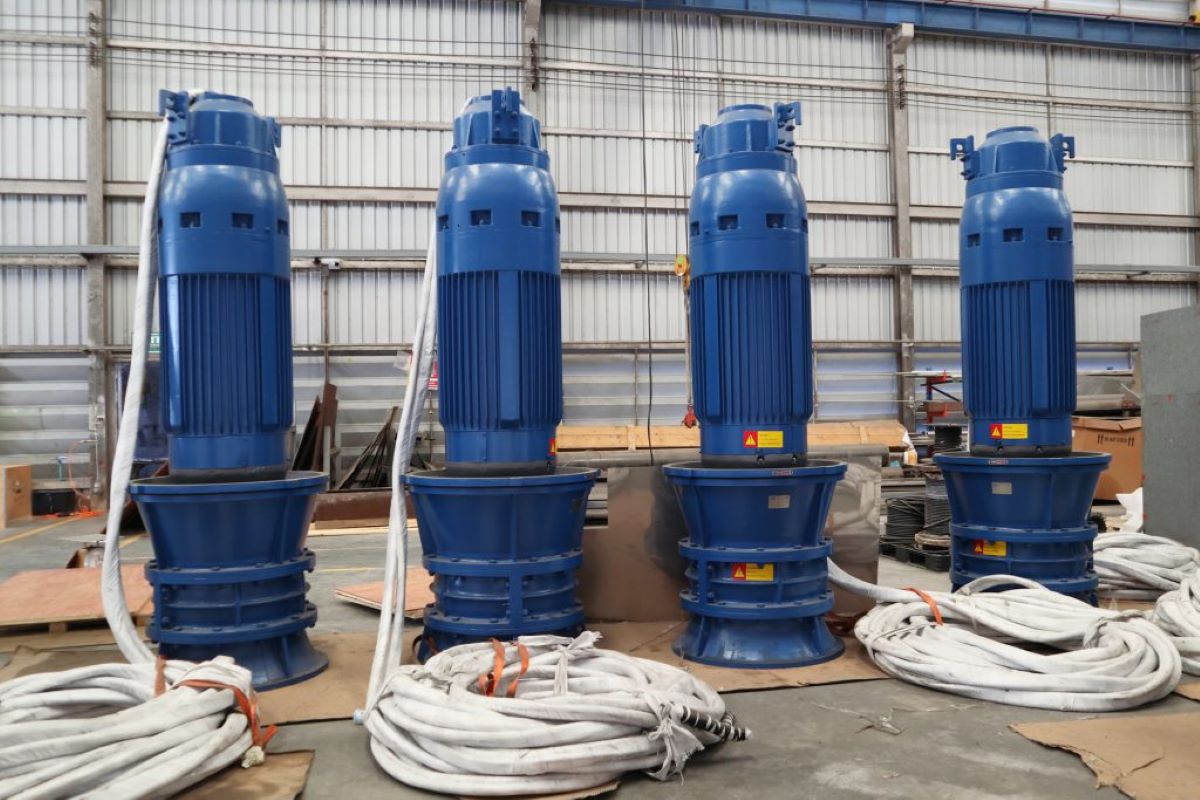

Articles
What Is A Submersible Water Pump
Modified: February 22, 2024
Learn everything you need to know about submersible water pumps with our informative articles. Find expert advice and tips on choosing the right pump for your needs.
(Many of the links in this article redirect to a specific reviewed product. Your purchase of these products through affiliate links helps to generate commission for Storables.com, at no extra cost. Learn more)
Introduction
A submersible water pump is a versatile and efficient device that is used to pump water from underwater sources such as wells, tanks, or reservoirs. It is specifically designed to be fully submerged in water for optimal performance. With its ability to handle high-pressure pumping, submersible water pumps have become a popular choice for various applications, ranging from residential to industrial use.
Whether you need to drain a flooded basement, provide water for irrigation purposes, or supply water to your farmhouse, a submersible water pump is a reliable solution that can effectively meet your needs. This article aims to provide a comprehensive understanding of submersible water pumps, including their components, working principles, applications, advantages, factors to consider before choosing one, installation, maintenance, and common troubleshooting issues.
By the end of this article, you will have a solid grasp of submersible water pumps and be better equipped to select the right pump for your specific requirements, as well as troubleshoot any issues that may arise.
Key Takeaways:
- Submersible water pumps are efficient, reliable, and versatile devices designed to handle various water pumping needs, from residential to industrial applications, offering a space-saving and energy-efficient solution for water management.
- Proper installation, regular maintenance, and troubleshooting techniques are essential for ensuring the optimal performance and longevity of submersible water pumps, providing a consistent water supply and mitigating potential issues.
Read more: How To Connect A Submersible Water Pump
Definition of a Submersible Water Pump
A submersible water pump is a type of pump specifically designed to be fully immersed in water, allowing it to operate efficiently and effectively. Unlike other types of pumps that are placed above the water surface and rely on suction, submersible water pumps work by pushing water to the surface, making them ideal for applications that require pumping water from underground, such as wells or sumps.
One of the key features of a submersible water pump is its hermetically sealed motor. This motor is designed to be protected from water damage and run safely while submerged. The pump’s motor is contained within a waterproof housing, and the electrical connections are sealed to prevent any water ingress. This enables the pump to operate continuously without the risk of electrical short-circuiting or motor damage.
Submersible water pumps are available in a range of sizes and capacities to accommodate various water pumping needs. They can handle different flow rates and water pressure levels, making them suitable for both residential and commercial applications.
It’s important to note that there is a distinction between submersible water pumps and well pumps. While both types of pumps are designed to work underwater, submersible water pumps are specifically designed for general water pumping purposes, while well pumps are designed to extract water from deep wells or boreholes.
The versatility and effectiveness of submersible water pumps make them a reliable choice for a wide range of applications, including residential water supply, agricultural irrigation, groundwater management, fountains and water features, wastewater drainage, aquaculture, and industrial processes.
In the following sections, we will delve deeper into the components, working principles, applications, advantages, installation, maintenance, and common troubleshooting issues related to submersible water pumps.
Components of a Submersible Water Pump
A submersible water pump consists of several key components that work together to efficiently pump water. Understanding these components will help you better grasp the functioning of the pump. Here are the main components:
- Motor: The motor is the heart of the submersible water pump. It is responsible for converting electrical energy into mechanical energy, which powers the impeller. The motor is usually a sealed, waterproof unit to ensure safe and reliable operation when submerged in water.
- Impeller: The impeller is a rotating component that is directly connected to the motor shaft. It consists of curved blades or vanes that create a centrifugal force when rotating. As the impeller spins, it generates suction, drawing water into the pump.
- Diffuser: The diffuser is a stationary component that surrounds the impeller. Its role is to direct the flow of water from the impeller and convert the high-velocity, low-pressure water into high-pressure, low-velocity water. This helps maintain a consistent flow rate and improves the overall efficiency of the pump.
- Seal: The seal is a crucial component that prevents water from entering the motor chamber. It ensures that the motor remains dry and protected, even when the pump is fully immersed in water. There are different types of seals used in submersible water pumps, including mechanical seals and lip seals.
- Check Valve: A check valve, also known as a non-return valve, is typically installed at the pump’s outlet. It allows water to flow in only one direction, preventing the pumped water from flowing back into the well or sump. This ensures that the pump doesn’t need to prime itself on every start, improving its efficiency and reliability.
- Power Cable: The power cable connects the submersible water pump to an electrical power source. It provides the necessary electricity for the motor to operate and is designed to withstand the submersion and continuous operation in water.
- Discharge Pipe: The discharge pipe is connected to the pump outlet and carries the water from the pump to the desired location. It is usually made of durable materials such as PVC or stainless steel to withstand the pressure and corrosive effects of the pumped water.
- Control Box (Optional): In some submersible water pump installations, a control box may be used. This box houses the electrical controls for the pump, including features such as on/off switches, overload protection, and voltage regulation. It provides an added layer of control and safety for the pumping system.
Each of these components plays a vital role in the overall functioning of the submersible water pump. The seamless interaction between the motor, impeller, diffuser, seal, check valve, power cable, discharge pipe, and control box (if present) allows the pump to efficiently and reliably transport water from underwater sources to the desired location.
How Submersible Water Pumps Work
Understanding the working mechanism of a submersible water pump is essential to grasp its efficiency and effectiveness in pumping water. Here is a step-by-step explanation of how these pumps work:
- Submersion: The submersible water pump is fully immersed in the water source, such as a well or sump. This submersion allows the pump to operate at its best efficiency point, as it eliminates any issues related to suction and priming.
- Activation of the Motor: When the pump is powered on, the motor inside the waterproof housing is activated. The motor converts electrical energy into mechanical energy, which is used to power the impeller.
- Impeller Rotation: As the motor rotates, it spins the impeller, which is directly connected to the motor shaft. The curved blades or vanes on the impeller create a centrifugal force, causing the water to move from the center of the impeller towards the outer edges.
- Suction and Water Intake: The rotation of the impeller generates a low-pressure zone at the center. This low-pressure zone creates suction, pulling water from the source and into the pump through the intake or inlet port.
- Water Direction and Pressure Increase: Once inside the pump, the water passes through the diffuser. The diffuser channels the water flow and gradually increases the pressure while reducing its velocity.
- Water Discharge: The high-pressure water is then directed towards the pump’s outlet, where the discharge pipe is connected. From there, the water is transported to the desired location, such as a reservoir, irrigation system, or storage tank.
- Check Valve Function: At the pump’s outlet, a check valve prevents the pumped water from flowing back into the source. This ensures that the pump remains primed and ready for the next operation.
- Continuous Operation: Submersible water pumps are designed to operate continuously, as they are cooled by the surrounding water. This allows them to handle high-volume pumping for extended periods without overheating.
The efficiency and reliability of submersible water pumps lie in their ability to generate high pressure and maintain a consistent flow rate. The centrifugal force created by the rotating impeller, coupled with the function of the diffuser, optimizes the pumping process and ensures effective water movement despite being fully submerged.
It’s important to note that each submersible water pump has its own set of specifications, including maximum flow rate, maximum head, and power requirements. These specifications determine the pump’s capacity to deliver water efficiently and reliably to a specific location.
Now that we understand how submersible water pumps work, let’s explore the diverse applications where these pumps are commonly used.
Applications of Submersible Water Pumps
Submersible water pumps are incredibly versatile and find applications in various sectors, ranging from residential to industrial use. The efficiency, reliability, and convenience of these pumps make them suitable for a wide range of water pumping needs. Here are some common applications of submersible water pumps:
- Residential Water Supply: Submersible water pumps are commonly used in residential settings to supply water from wells, boreholes, or underground sources. These pumps ensure a consistent water supply for household needs, such as drinking water, bathing, and irrigation of gardens or lawns.
- Agricultural Irrigation: Submersible water pumps are widely utilized in agriculture for irrigation purposes. These pumps can efficiently handle high volumes of water, allowing farmers to effectively water their crops. The reliability and durability of submersible pumps make them ideal for use in both small and large-scale farming operations.
- Groundwater Management: In areas where groundwater needs to be managed, submersible water pumps are used to control the water table. These pumps can be installed in wells or dewatering systems to remove excess water and prevent waterlogging or flooding.
- Fountains and Water Features: Submersible water pumps are commonly employed in creating beautiful water features such as fountains, ponds, and waterfalls. The compact size and silent operation of these pumps allow for easy installation, while their ability to handle varying water flow rates and pressures ensures optimal performance and stunning visual effects.
- Wastewater Drainage: Submersible water pumps are effective in removing wastewater from basements, septic tanks, or other below-ground areas. These pumps can easily handle the transport of dirty water containing solids and are equipped with features to prevent clogging.
- Aquaculture: Submersible water pumps are widely used in the aquaculture industry to provide aeration and water circulation in fishponds or tanks. These pumps maintain optimal oxygen levels and ensure efficient filtration, contributing to the overall health and growth of aquatic organisms.
- Industrial Processes: Many industrial processes require the movement of water. Submersible water pumps are used in various industries, such as mining, construction, manufacturing, and oil exploration, to pump water from underground sources, drainage systems, or during dewatering operations.
These are just a few examples of the diverse applications of submersible water pumps. Their versatility, ability to handle different water conditions, and reliable operation make them indispensable in various settings.
Now that we have explored the applications, let’s delve into the advantages of using submersible water pumps over other types of pumps.
Read also: 15 Best Submersible Water Pump for 2024
Advantages of Submersible Water Pumps
Submersible water pumps offer numerous advantages that make them a preferred choice for water pumping applications. Here are the key advantages of using submersible water pumps:
- Efficiency: Submersible water pumps are highly efficient in pumping water from underwater sources. Being fully submerged in water eliminates the need for priming or dealing with suction issues, resulting in improved efficiency and faster pumping rates.
- Reliability: Submersible water pumps are designed for continuous operation, making them highly reliable. They are built to withstand the harsh underwater environment, ensuring long-lasting performance without frequent maintenance or repairs.
- Space-Saving Design: Submersible water pumps are compact and space-saving, as they are installed directly inside the water source. This makes them an ideal choice for applications with limited space, such as well pits or sumps.
- No Noise Pollution: Submersible water pumps operate silently as they are submerged underwater. This eliminates any noise pollution associated with above-ground pumps, making them ideal for residential areas or places that require a quiet environment.
- Protection from Weather and Vandalism: The submerged placement of submersible pumps protects them from harsh weather conditions and vandalism. They are hidden from sight and more difficult to access, enhancing their security and longevity.
- Multi-Stage Pumping: Submersible water pumps are often designed with multiple stages, allowing for efficient pumping over long distances or at high heads. This makes them suitable for applications where water needs to be transported to a significant elevation or a remote location.
- Able to Handle Solids: Many submersible water pumps are equipped with features that enable them to handle solids present in the water. This makes them effective in removing dirty water, wastewater, or liquids with suspended particles.
- Energy Efficiency: Submersible water pumps are known for their energy efficiency. They are designed to minimize power consumption while maximizing performance. This helps reduce electricity costs and environmental impact.
- Ease of Installation and Maintenance: Installing a submersible water pump is relatively straightforward. Once installed, they require minimal maintenance, as they are protected from external elements. Routine checks and occasional cleaning are usually sufficient to keep them in optimal condition.
These advantages make submersible water pumps a practical and reliable choice for a wide range of applications. Whether it’s in residential settings, agricultural operations, or industrial processes, submersible water pumps offer efficient and dependable water pumping solutions.
Next, let’s explore some key factors to consider before choosing a submersible water pump.
Factors to Consider Before Choosing a Submersible Water Pump
When selecting a submersible water pump for your specific needs, it’s essential to consider several factors to ensure optimal performance and functionality. Here are some key factors to consider before making a decision:
- Water Source and Quality: Determine the characteristics of the water source, including its depth, volume, and quality. The pump you choose should be able to handle the specific water conditions, such as the presence of solids or chemicals.
- Pump Capacity: Assess your water pumping requirements in terms of flow rate and head pressure. The pump you choose should have the capacity to meet your desired water flow and pressure needs.
- Pump Size: Consider the available space for the pump installation, as well as any size restrictions in the water source, such as the diameter of the well casing. Ensure that the pump size is compatible with your specific installation requirements.
- Power Requirements: Evaluate the power availability and any electrical restrictions in the location where the pump will be installed. Ensure that the pump’s power requirements align with your electrical system and that you have the appropriate power supply.
- Pump Material and Construction: Assess the construction material of the pump and its components, such as the impeller and housing. Consider factors such as corrosion resistance, durability, and suitability for the water conditions present in your application.
- Manufacturer’s Reputation: Research and choose a reputable manufacturer known for producing high-quality submersible water pumps. Consider factors such as reliability, customer reviews, warranty, and availability of spare parts and service support.
- Energy Efficiency: Look for submersible water pumps that are energy-efficient and have high motor efficiency ratings. Choosing an energy-efficient pump not only reduces operating costs but also minimizes environmental impact.
- Budget: Determine your budget for the submersible water pump and consider the long-term cost-effectiveness. While it’s important to find a pump within your budget, prioritize quality and performance to ensure the best value for your investment.
- Additional Features: Consider any specific features or requirements that may be necessary for your application. This can include features such as automatic controls, thermal protection, variable speed options, or remote monitoring capabilities.
By considering these factors and carefully evaluating your specific needs, you can choose a submersible water pump that meets your requirements and provides reliable and efficient water pumping performance. Always consult with a professional or pump specialist if you have any doubts or need assistance in selecting the appropriate pump.
Now that you have a better understanding of the factors to consider, let’s explore the installation and maintenance aspects of submersible water pumps.
Installation and Maintenance of Submersible Water Pumps
Proper installation and regular maintenance are crucial to ensure the efficient and reliable operation of submersible water pumps. Here are some important guidelines for installation and maintenance:
Installation:
- Professional Assistance: It is recommended to seek professional assistance for the installation of a submersible water pump, especially if you lack the necessary knowledge and experience. A professional can ensure proper installation and adherence to safety guidelines.
- Location and Position: Position the pump at the right depth in the water source to ensure maximum efficiency. Ensure that the pump is securely placed on a stable base to prevent movement or tilting during operation.
- Electrical Connections: Follow the manufacturer’s instructions and local electrical regulations when connecting the pump to the power source. Use waterproof connectors and ensure that the electrical connections are properly insulated and protected from water.
- Discharge Pipe: Install the discharge pipe properly, ensuring that it is securely connected to the pump’s outlet. Use appropriate fittings, seals, and clamps to prevent any leaks or water loss during operation.
- Check Valve Installation: If a check valve is required for your application, install it in the discharge pipe near the pump’s outlet. This will prevent backflow and maintain prime, ensuring easier startup during subsequent operations.
- Start-up and Testing: Once the pump is installed, follow the manufacturer’s instructions for initial startup and testing. This may include priming the pump, checking for leaks, and verifying proper functioning of the pump and control system (if applicable).
Read also: 14 Amazing Water Pump Submersible for 2024
Maintenance:
- Regular Inspections: Conduct routine visual inspections of the pump, motor, and electrical connections. Look for any signs of damage, wear, or leaks. Address any issues promptly to prevent further damage or performance degradation.
- Cleaning: Clean the pump and its components regularly to remove any debris, sediment, or buildup that may affect its performance. Follow the manufacturer’s recommendations for cleaning procedures, ensuring that the pump is disconnected from the power source before cleaning.
- Check and Clean Filters: If your submersible water pump is equipped with filters, check them regularly and clean or replace them as needed. Clogged filters can reduce the pump’s efficiency and put unnecessary strain on the motor.
- Motor Maintenance: Refer to the manufacturer’s guidelines for motor maintenance. This may include lubrication of bearings, checking insulation resistance, and ensuring proper alignment of the motor shaft and impeller.
- Service and Repairs: If any major issues or malfunctions occur, contact a professional pump service provider. Attempting DIY repairs without the necessary skills and knowledge may cause further damage or compromise the pump’s performance.
- Manufacturer’s Recommendations: Follow the specific maintenance recommendations provided by the pump manufacturer. This may include periodic maintenance schedules, recommended spare parts, and guidelines for troubleshooting common issues.
By following proper installation practices and implementing regular maintenance routines, you can prolong the lifespan of your submersible water pump and ensure its optimal performance. Regular inspections and proactive maintenance will help identify any potential problems early on and prevent costly breakdowns or system failures.
Now, let’s explore some common issues and troubleshooting techniques associated with submersible water pumps.
Common Issues and Troubleshooting with Submersible Water Pumps
While submersible water pumps are designed for reliability, there may be times when issues arise that require troubleshooting. Here are some common issues and troubleshooting techniques to help you address them:
Lack of Pump Action or No Water Flow:
- Possible Causes: This issue could be due to a power supply problem, a faulty motor, clogged impeller or discharge pipe, or insufficient water in the source.
- Troubleshooting: Check the power supply and connections. Ensure that the motor is running and not overheating. Clean the discharge pipe and impeller. Verify that there is enough water in the source for the pump to operate.
Reduced Flow or Low Water Pressure:
- Possible Causes: Reduced flow or low water pressure can be caused by clogged filters, worn-out impeller, a malfunctioning check valve, or air trapped in the system.
- Troubleshooting: Clean or replace clogged filters. Check the impeller for any signs of wear and replace if necessary. Inspect the check valve for proper functioning. Ensure there is no air trapped in the pipes by bleeding the air out of the system.
Pump Starts and Stops Frequently:
- Possible Causes: Frequent start and stop cycles may be due to a faulty pressure switch, water leakage, a malfunctioning control box (if applicable), or improper installation.
- Troubleshooting: Check the pressure switch for proper adjustment or replace if necessary. Inspect the system for any signs of water leakage and rectify the issue. Verify that the control box is functioning correctly (if applicable). Review the installation to ensure it is done according to guidelines.
Pump Motor Overheating:
- Possible Causes: Overheating can occur due to improper motor ventilation, high ambient temperatures, excessive or continuous operation, or motor overload.
- Troubleshooting: Ensure that the pump has proper ventilation to prevent heat buildup. Avoid running the pump continuously for extended periods without rest. Check for any overload situation and reduce the load on the pump if needed. Avoid exposing the pump motor to high ambient temperatures.
Unusual Noise or Vibration:
- Possible Causes: Noise or vibration can be caused by misalignment of motor and impeller, worn-out bearings, loose connections, or foreign objects in the pump.
- Troubleshooting: Check the alignment of the motor and impeller and realign if necessary. Replace worn-out bearings. Tighten any loose connections. Inspect the pump for any foreign objects and remove them.
Electrical Issues or Circuit Breaker Tripping:
- Possible Causes: Electrical issues can occur due to faulty wiring, overloaded circuits, voltage fluctuations, or a malfunctioning control box (if applicable).
- Troubleshooting: Check the wiring for any loose connections or damage. Avoid overloading the electrical circuits by reducing the load if needed. Address any voltage fluctuations with the help of a professional electrician. Inspect and test the control box (if applicable) for proper functioning.
If you encounter any of these issues and the troubleshooting techniques mentioned above do not resolve the problem, it is recommended to consult a professional pump technician or contact the pump manufacturer for further assistance.
By being aware of these common issues and having the knowledge to troubleshoot them, you can minimize downtime and maintain the optimal performance and efficiency of your submersible water pump.
Now, let’s conclude with a summary of the key points discussed in this article.
When choosing a submersible water pump, make sure to consider the maximum flow rate and head height it can handle to ensure it meets your specific needs.
Read more: What Is A Water Pump
Conclusion
In conclusion, submersible water pumps are versatile and efficient devices that play a crucial role in various water pumping applications. Whether you need to supply water for residential purposes, irrigate farmland, manage groundwater, create beautiful water features, or tackle industrial processes, submersible water pumps offer a reliable solution.
Throughout this article, we have explored the definition of submersible water pumps, the components that make up these pumps, their working principles, and their diverse applications. We have also highlighted the advantages they offer over other types of pumps, such as their efficiency, reliability, space-saving design, and ability to handle solids.
Furthermore, we discussed important factors to consider before choosing a submersible water pump, including water source and quality, pump capacity, size, power requirements, and manufacturer reputation. We emphasized the significance of proper installation and offered guidelines for maintenance to ensure optimal performance and longevity of the pump.
We also addressed common issues that may arise with submersible water pumps and provided troubleshooting techniques to resolve them. However, it is important to remember that complex issues should be handled by professionals or pump technicians to avoid further damage.
Overall, submersible water pumps are an invaluable tool for efficiently and reliably pumping water from underwater sources. By selecting the right pump for your specific needs, properly installing it, and performing regular maintenance, you can enjoy a consistent water supply and mitigate potential issues.
Remember, when it comes to selecting and maintaining a submersible water pump, it is always best to consult with professionals and follow the manufacturer’s guidelines. With proper care and attention, your submersible water pump can serve you effectively for years to come.
Now that you have a comprehensive understanding of submersible water pumps, their components, working principles, applications, advantages, and maintenance, you are well-equipped to make informed decisions and utilize these pumps to meet your water pumping needs.
Frequently Asked Questions about What Is A Submersible Water Pump
Was this page helpful?
At Storables.com, we guarantee accurate and reliable information. Our content, validated by Expert Board Contributors, is crafted following stringent Editorial Policies. We're committed to providing you with well-researched, expert-backed insights for all your informational needs.
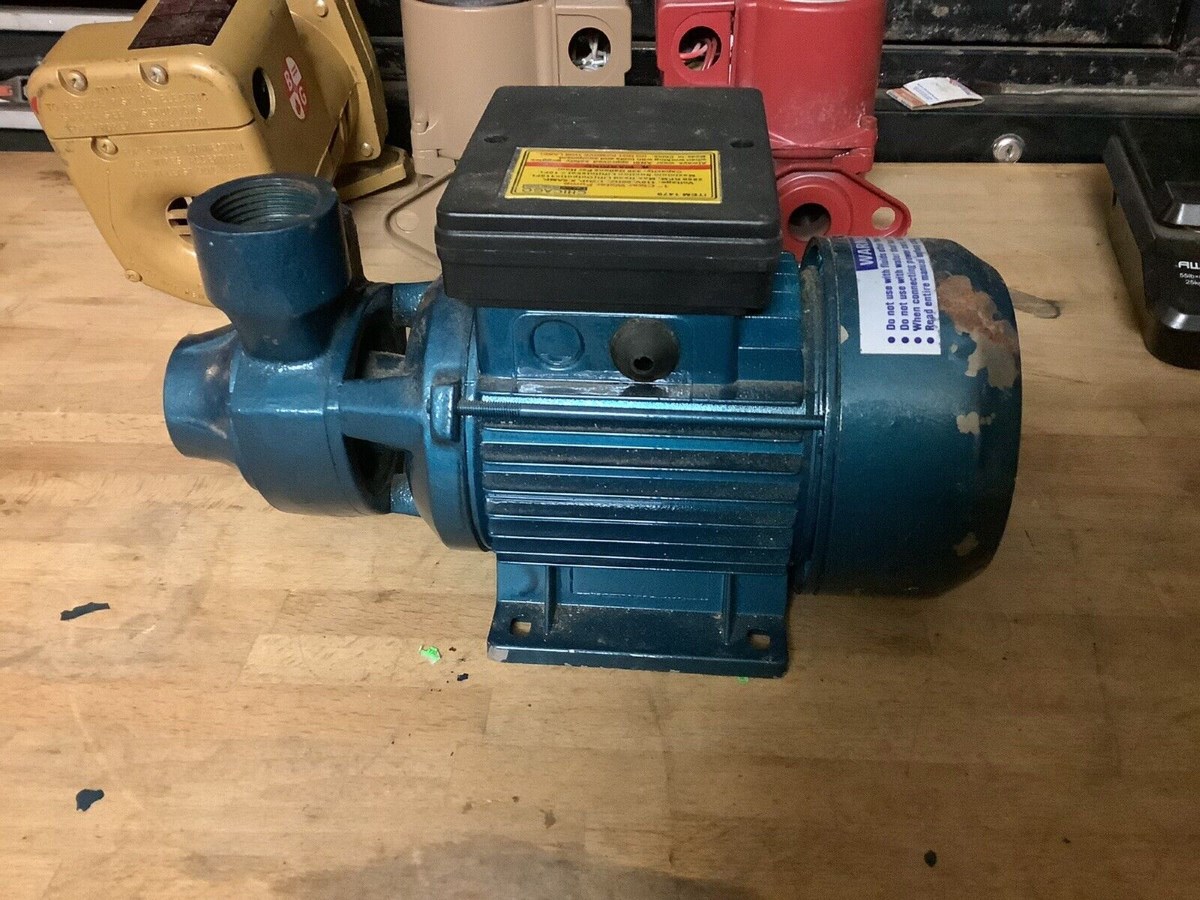
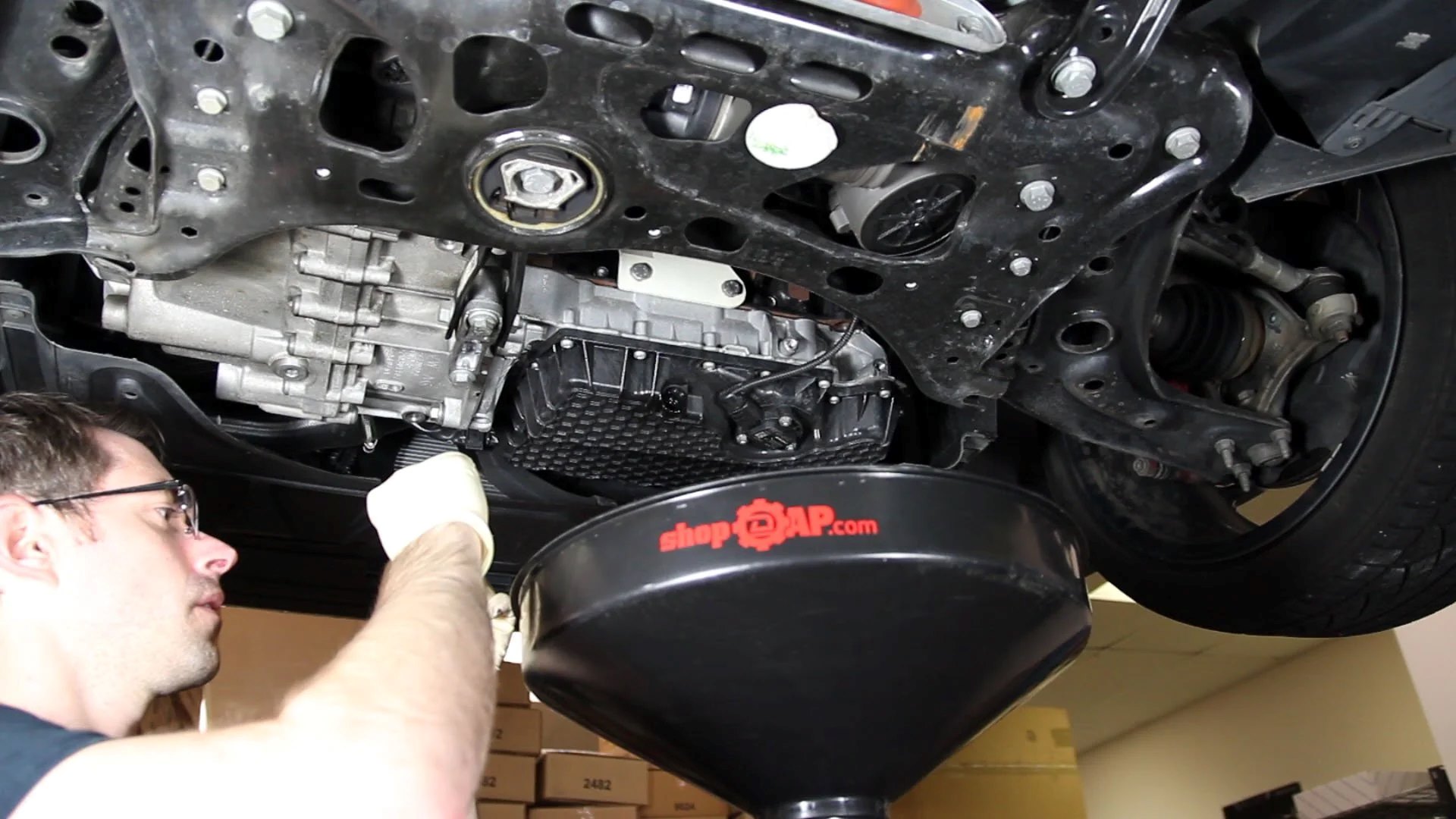
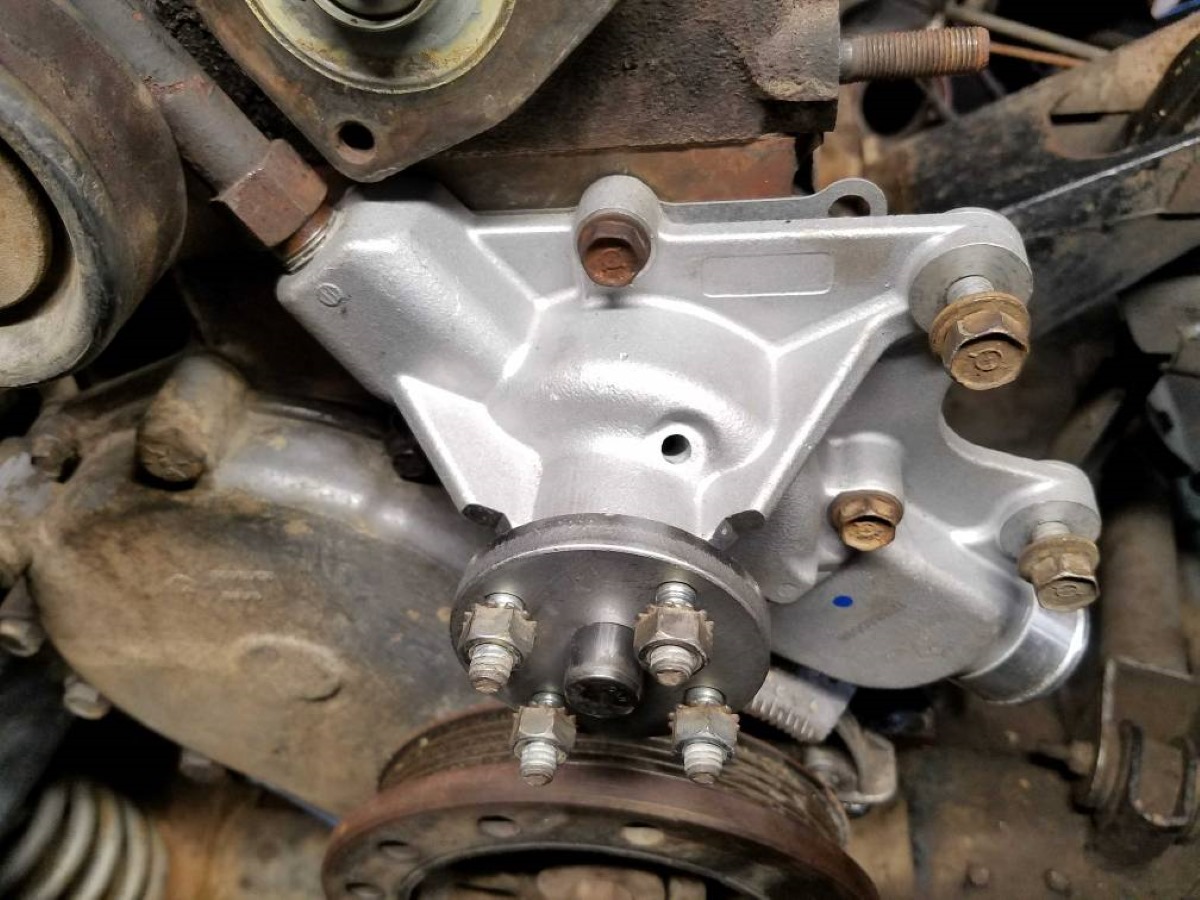
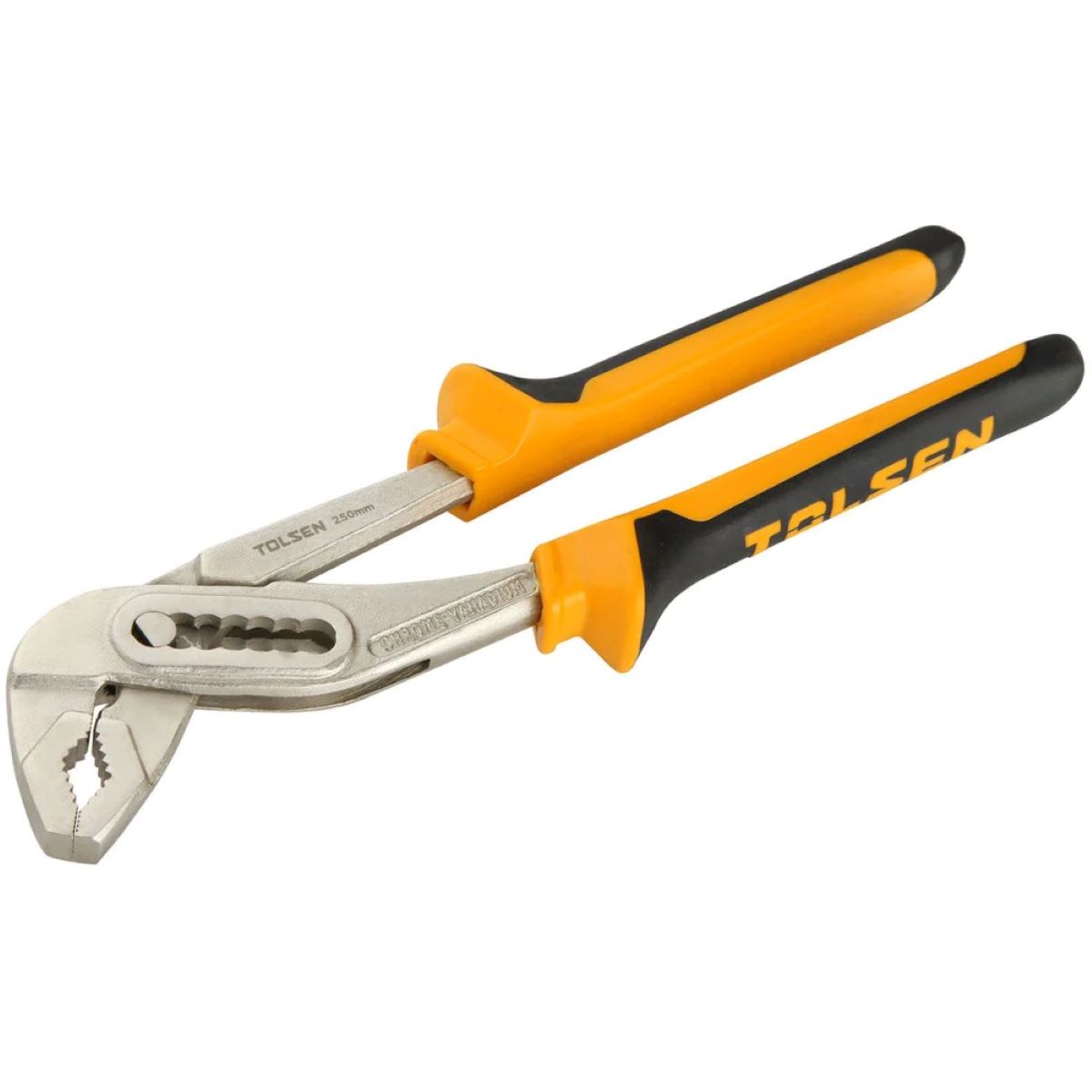
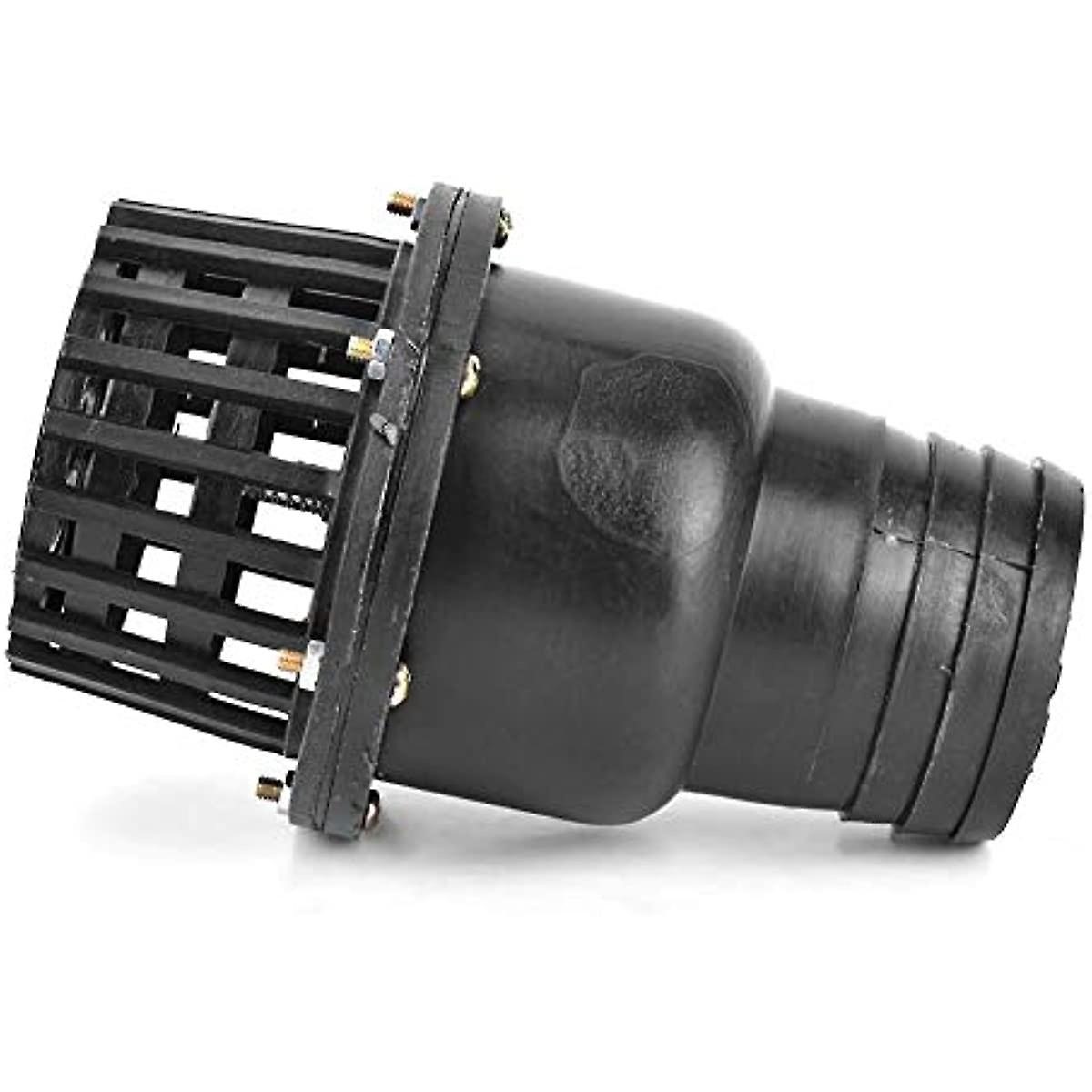
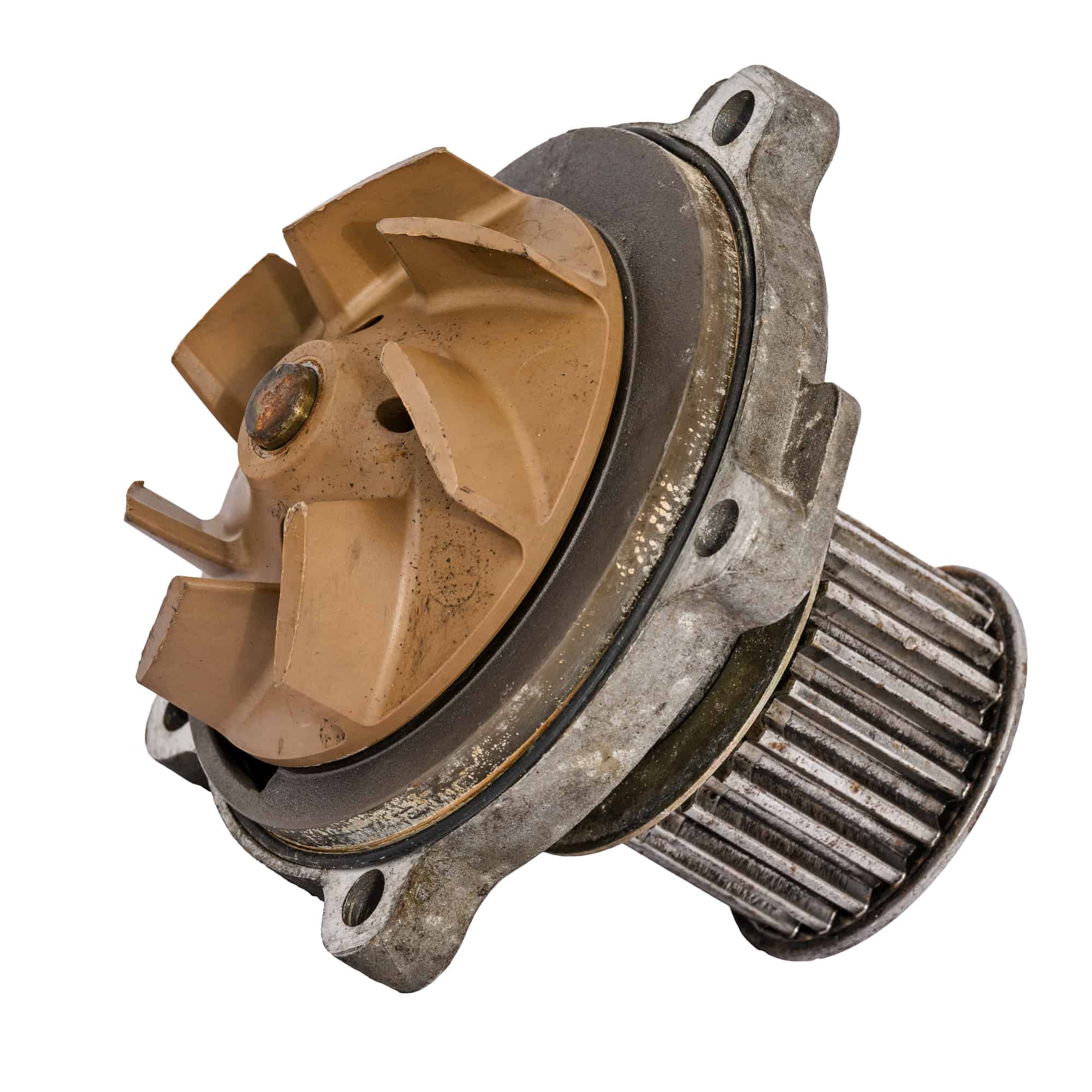
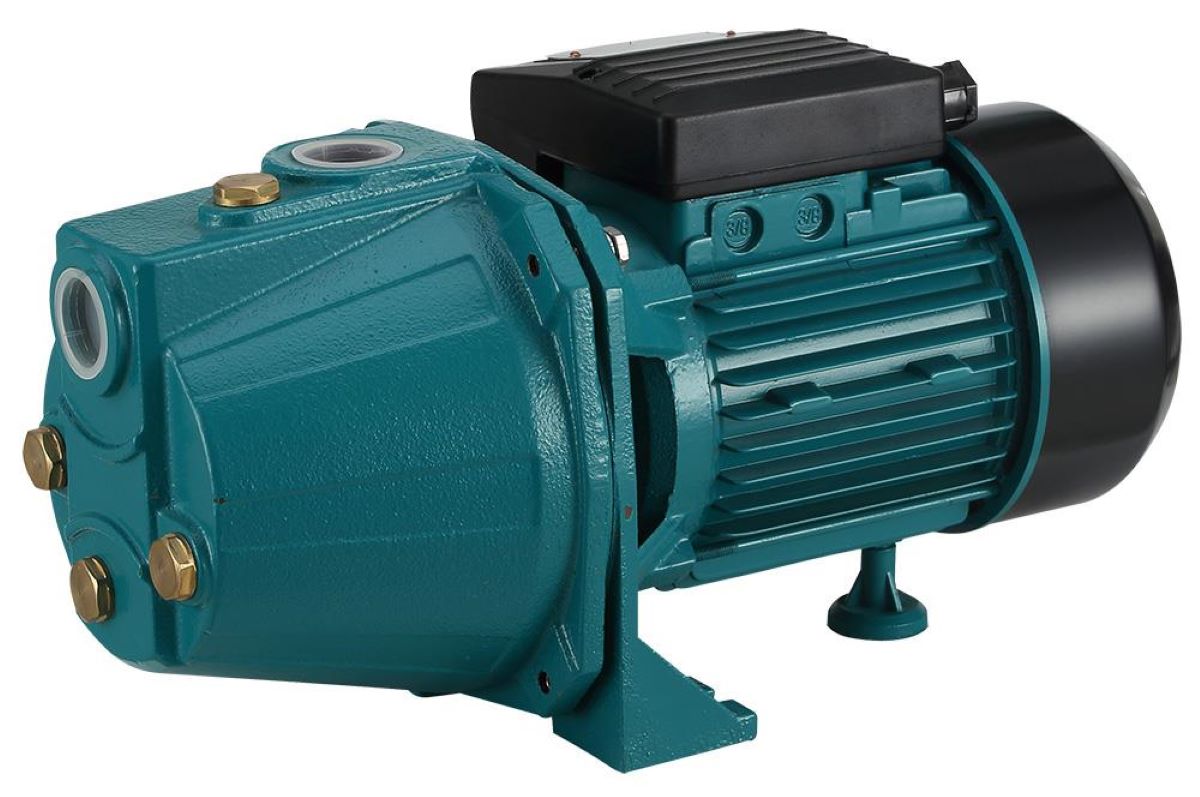
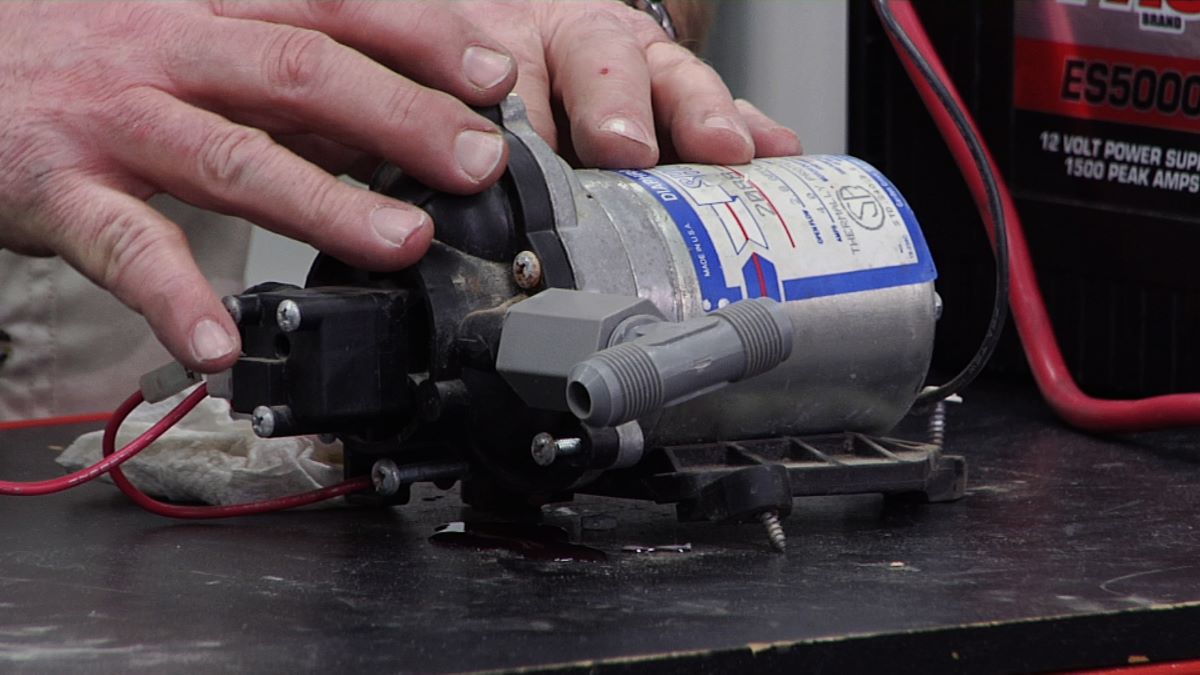
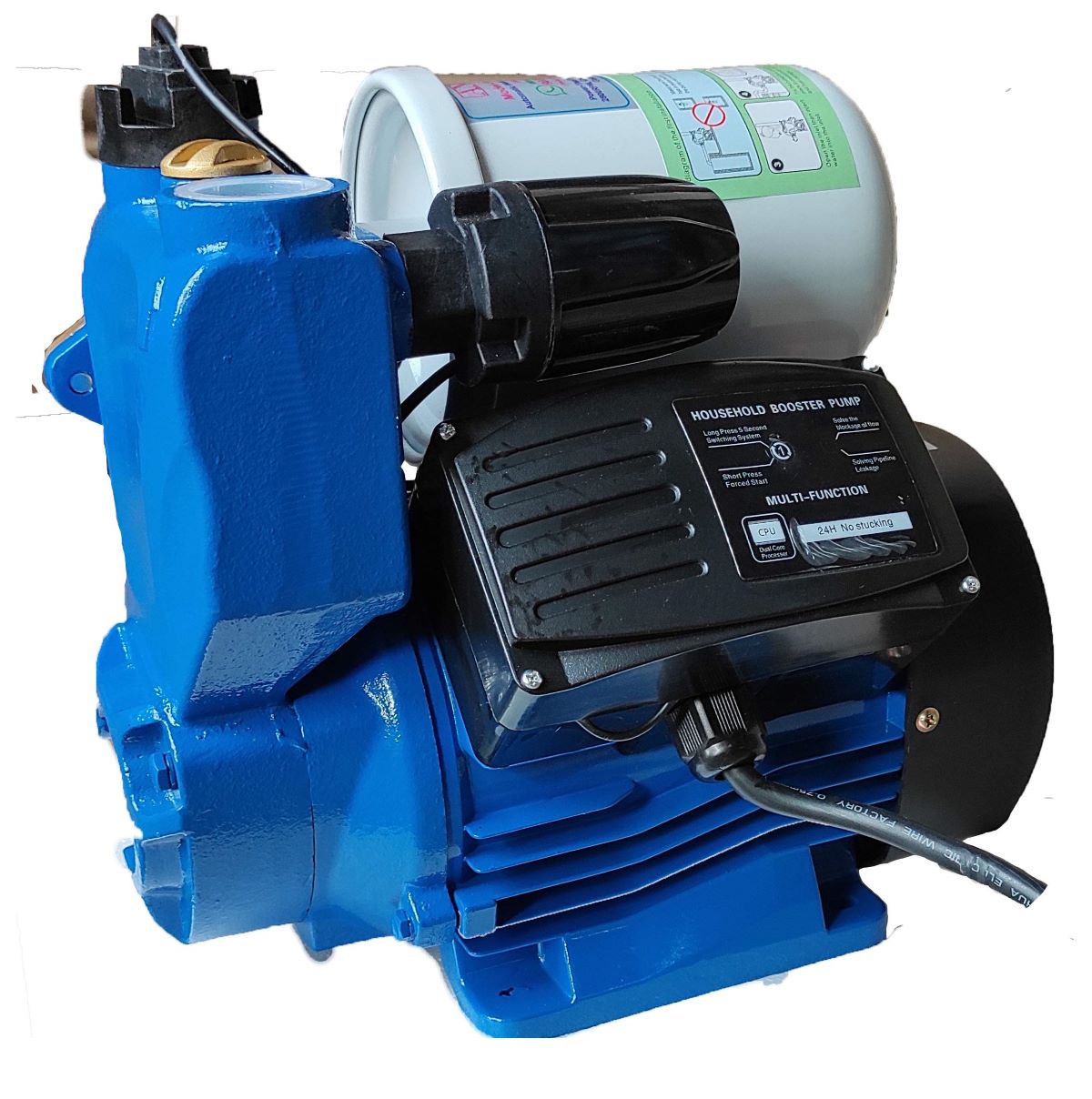
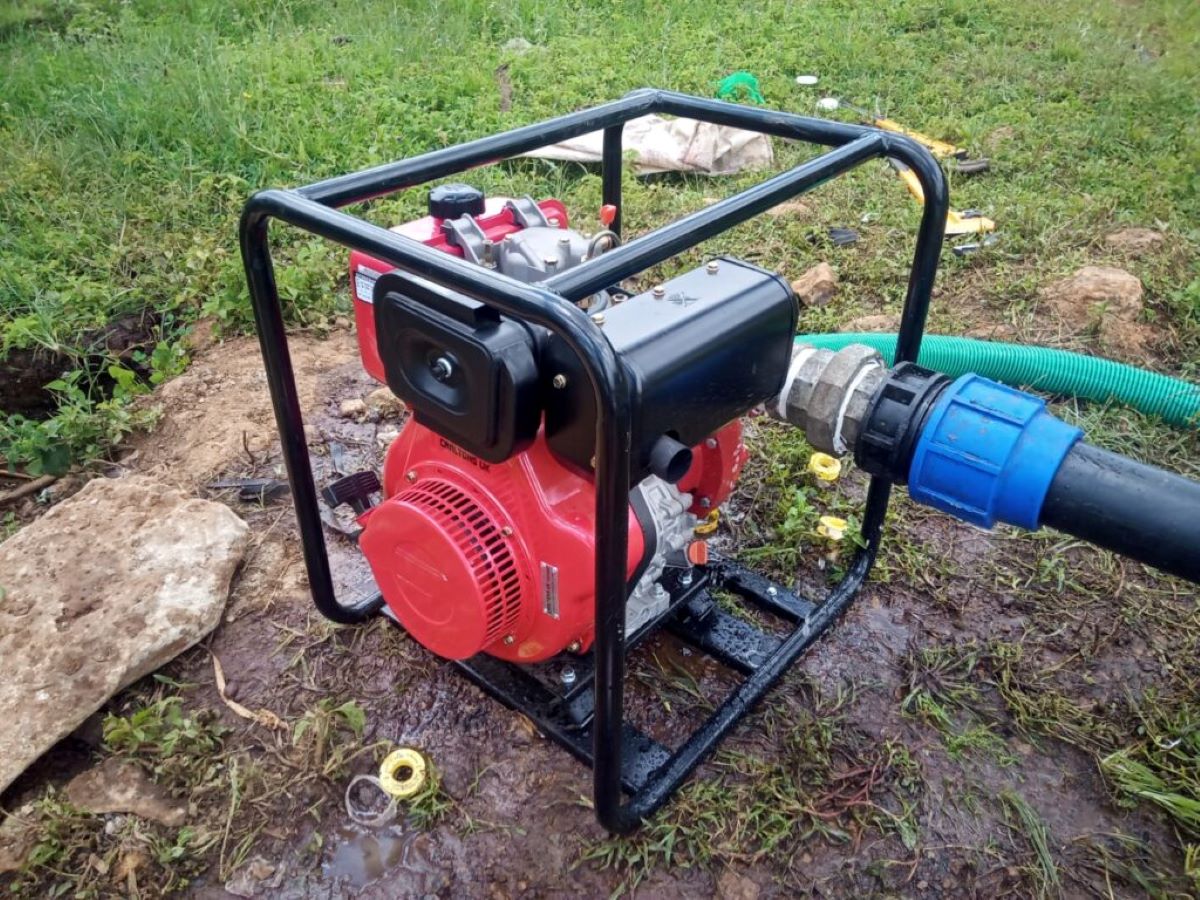
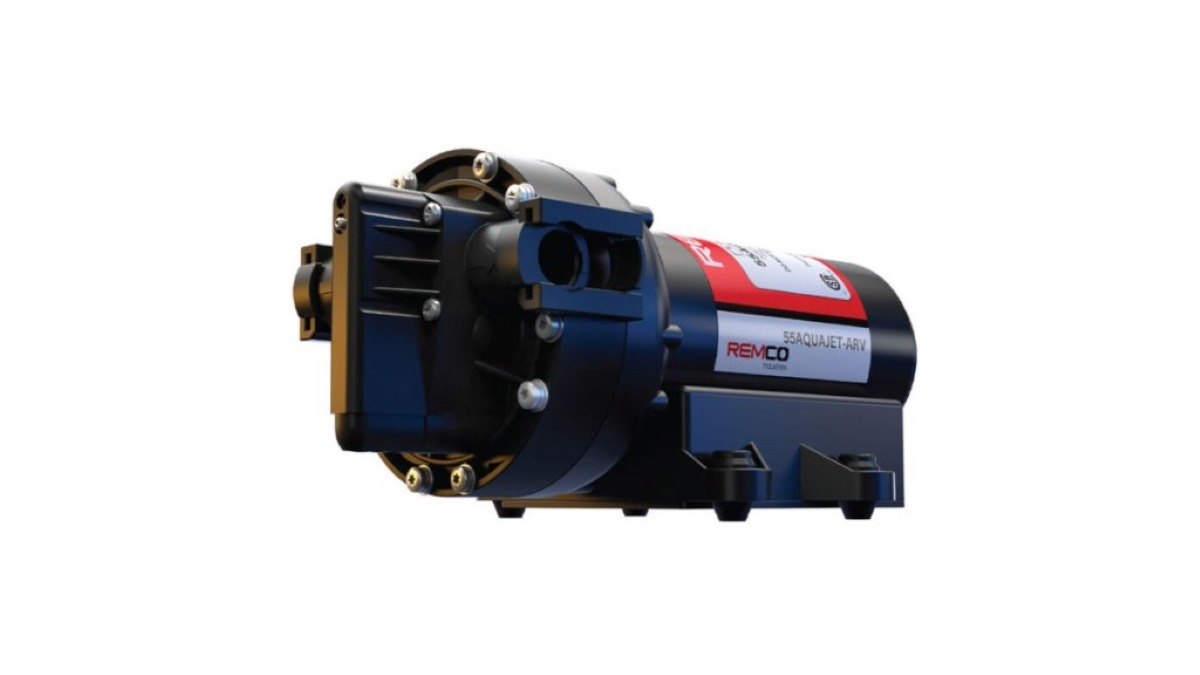

0 thoughts on “What Is A Submersible Water Pump”